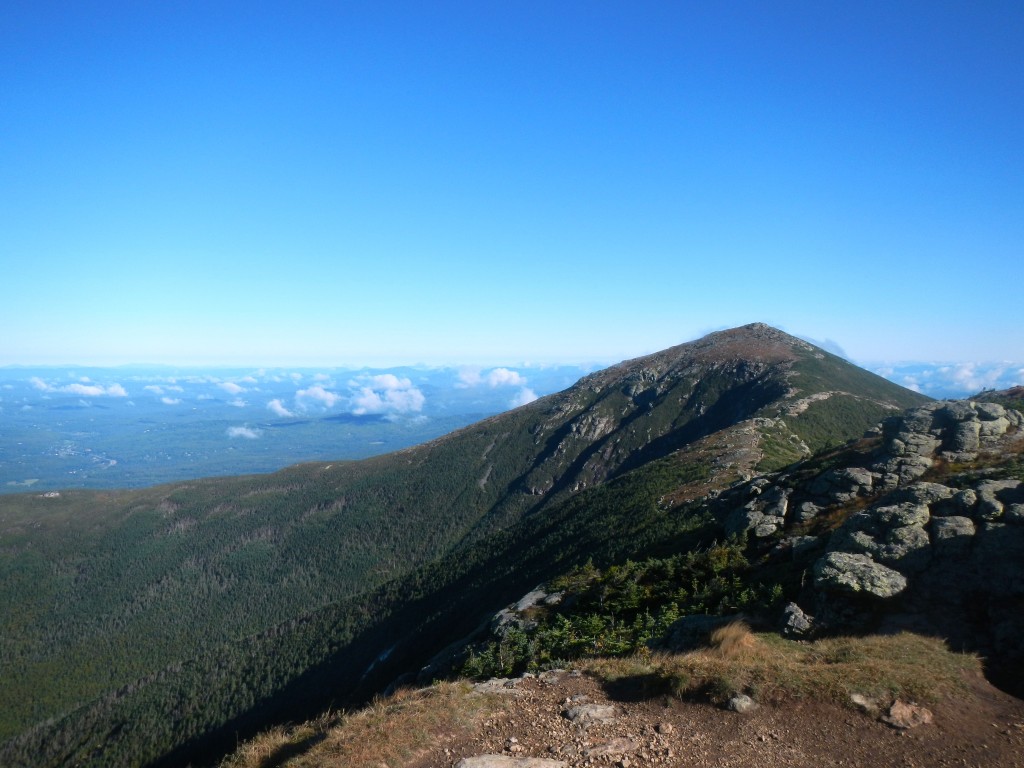Skating for a Fall
If there’s one thing that’s fun to do in your spare time, it’s things that you’re already good at. During the winter, that thing for me is skiing. I have skied almost since I could stand, and if there is a hobby I could be said to be competent at, it’s downhill skiing. Although I don’t hunt for small cliffs to ski off anymore, or throw backflips in the terrain park while trying to keep my sagging pants from falling down like my teenage students, I’m still pretty good at skiing. It’s comfortable. I can show up at a hill and know what to expect. I can get myself down most any white-colored incline. I can rest fairly assured that I won’t do anything that will cause lasting embarrassment, such as losing control of my skis and taking out a giant inflatable can of Red Bull near the base lodge, or forgetting to dismount the chairlift and needing to be coaxed down by the liftee, or crashing and losing my hat and mittens in front of an entire women’s ski team.
Of course, all of those scenarios are back in play now that I have taken up snowboarding. Last season I fell more times in a single day than I did in decades of skiing. Most of those falls happened within speaking distance of the base lodge (some in the lunch line). But none were serious, and learning to snowboard made the mountain big again. It wasn’t comfortable — but it was exciting.




